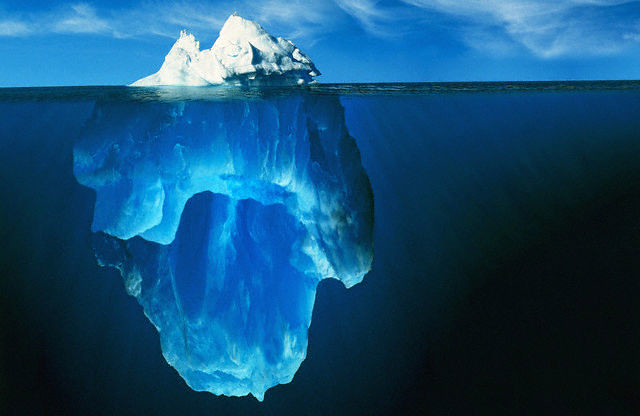Fundamental Properties of Water
Understanding the structure and dynamics of the hydrogen-bonding network in water is essential for many fundamental problems in science and technology. It is believed to be responsible for many of water’s anomalous properties, such as the well-known density anomalies. Water is furthermore special in that it can exist in at least 18 crystalline forms as well as two amorphous solid forms. The central goal of the research in this pillar is to understand the structural and dynamic properties of water and their connection to the molecular-scale origin of the various anomalies. The different key challenges will be addressed in a synergetic approach of experiments, simulations and theory, especially making use of the unique collection of light sources in Hamburg. One of the central questions will focus on the role of structural and dynamical fluctuations, from water molecules over clusters to bulk liquid water, indicating the possible existence of different liquid phases at low temperature. However, water crystallization has made measurements of the bulk liquid phase below the homogeneous nucleation temperature of about 232 K extremely challenging, leading to a “no-man’s land” largely devoid of experimental results. Exploring this “Terra Incognita” is one of the central goals to be addressed within the CMWS. Second, structural motifs in liquid water that potentially help to understand the high number of ice polymorphs will be investigated. Another key challenge and equally important is to understand the glass transition and crystallization in water.
Speakers: Katrin Amann-Winkel (Max Planck Institute) & Thomas Lörting (Universität Innsbruck).

Image: © Shutterstock
